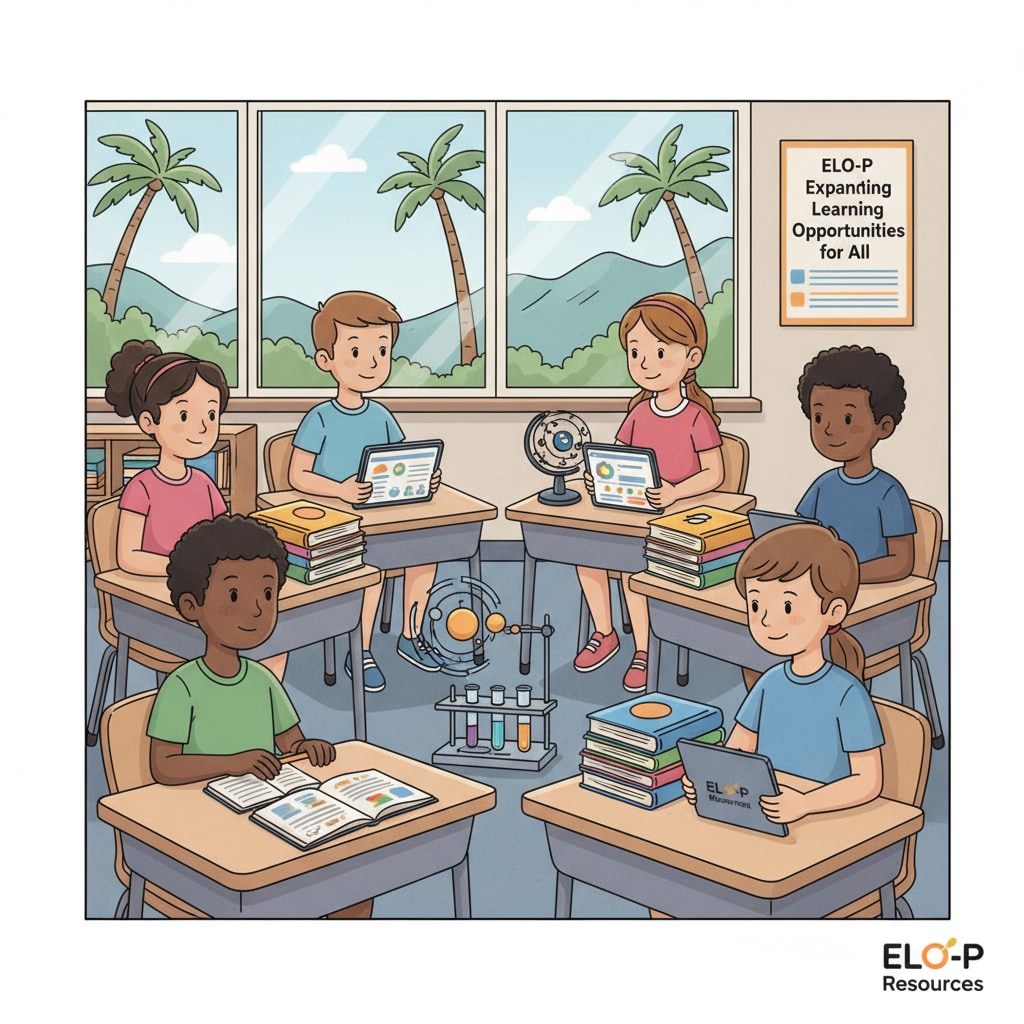The Expanded Learning Opportunity Program (ELO-P) in California is a notable initiative in the realm of education funding. It has far-reaching implications for the state’s educational landscape. This program was designed with the noble intention of closing the learning gaps that exist among students and providing them with opportunities for holistic development. However, like any large-scale educational program, it comes with its own set of advantages and limitations. Let’s take a closer look at what ELO-P entails and its impact on California education.
The Objectives of ELO-P
The primary goal of the ELO-P is to enhance students’ learning experiences beyond the traditional school day. By providing additional learning time, the program aims to improve academic performance, especially for disadvantaged students. For example, it offers extended learning hours during after-school programs, weekends, and even during school breaks. These extra learning opportunities can include tutoring, enrichment activities, and project-based learning. California Department of Education’s ELO-P official page provides more details about these objectives.

The Advantages of ELO-P
One of the significant benefits of ELO-P is the increased access to educational resources. Schools can use the funding to hire more teachers, purchase educational materials, and develop specialized programs. This leads to a more personalized learning experience for students. In addition, the program promotes social and emotional learning. Through group activities and interactions during extended learning sessions, students develop better communication and teamwork skills. Moreover, it helps in reducing the achievement gap as disadvantaged students get the support they need to catch up with their peers.

Another advantage is the flexibility it offers. Schools have the freedom to design programs that meet the specific needs of their student population. Some schools may focus on STEM education, while others may emphasize the arts or physical education. This flexibility allows for a more diverse and inclusive educational environment.
Readability guidance: The paragraphs above are kept short and to the point. Key points are presented clearly, and transition words like ‘however’, ‘for example’, ‘in addition’,’moreover’ are used to make the flow smooth. Each H2 section provides a focused discussion on an important aspect of ELO-P.
The Limitations of ELO-P
Despite its many benefits, ELO-P also faces several challenges. One of the main issues is resource allocation. Ensuring that all schools, especially those in remote or underprivileged areas, receive adequate funding can be a daunting task. There may be disparities in the quality of programs depending on the availability of resources. Additionally, implementing the program requires a significant amount of administrative work. Schools need to manage schedules, hire staff, and monitor the effectiveness of the programs, which can be overwhelming for some.
Another limitation is the potential for burnout among students and teachers. With extended learning hours, there is a risk that students may become fatigued, and teachers may face increased workloads. This could potentially impact the overall quality of learning.
Implementation Assessment of ELO-P
Evaluating the implementation of ELO-P is crucial to understand its effectiveness. Data collection on student performance, engagement, and satisfaction is essential. Schools can use standardized tests, surveys, and classroom observations to gather this information. Analyzing this data can help identify areas where the program is succeeding and areas that need improvement. RAND’s research on ELO-P implementation offers valuable insights into the assessment process.
Furthermore, stakeholder feedback is vital. Educators, parents, and students should be actively involved in the assessment. Their perspectives can provide a more comprehensive understanding of the program’s impact. For example, parents may notice changes in their children’s attitudes towards learning, while educators can offer insights into the practical challenges faced during implementation.
Recommendations for Improvement
To address the limitations of ELO-P, several recommendations can be made. First, there should be a more equitable distribution of resources. This could involve setting up a formula that takes into account the needs of different schools, such as student population, poverty levels, and geographical location. Second, professional development opportunities should be provided to teachers to help them manage the increased workload and design effective extended learning programs.
Finally, a balance needs to be struck between extended learning and student well-being. Schools should ensure that the additional learning activities do not compromise students’ health and happiness. This could involve incorporating breaks, physical activities, and relaxation techniques into the extended learning schedules.
In conclusion, the Expanded Learning Opportunity Program (ELO-P) in California holds great promise in revolutionizing the state’s education system. While it has brought about many positive changes, it also has areas that require attention. By addressing the limitations through proper assessment and implementation of recommendations, ELO-P can truly fulfill its potential in providing quality education and equal opportunities for all students in California.


